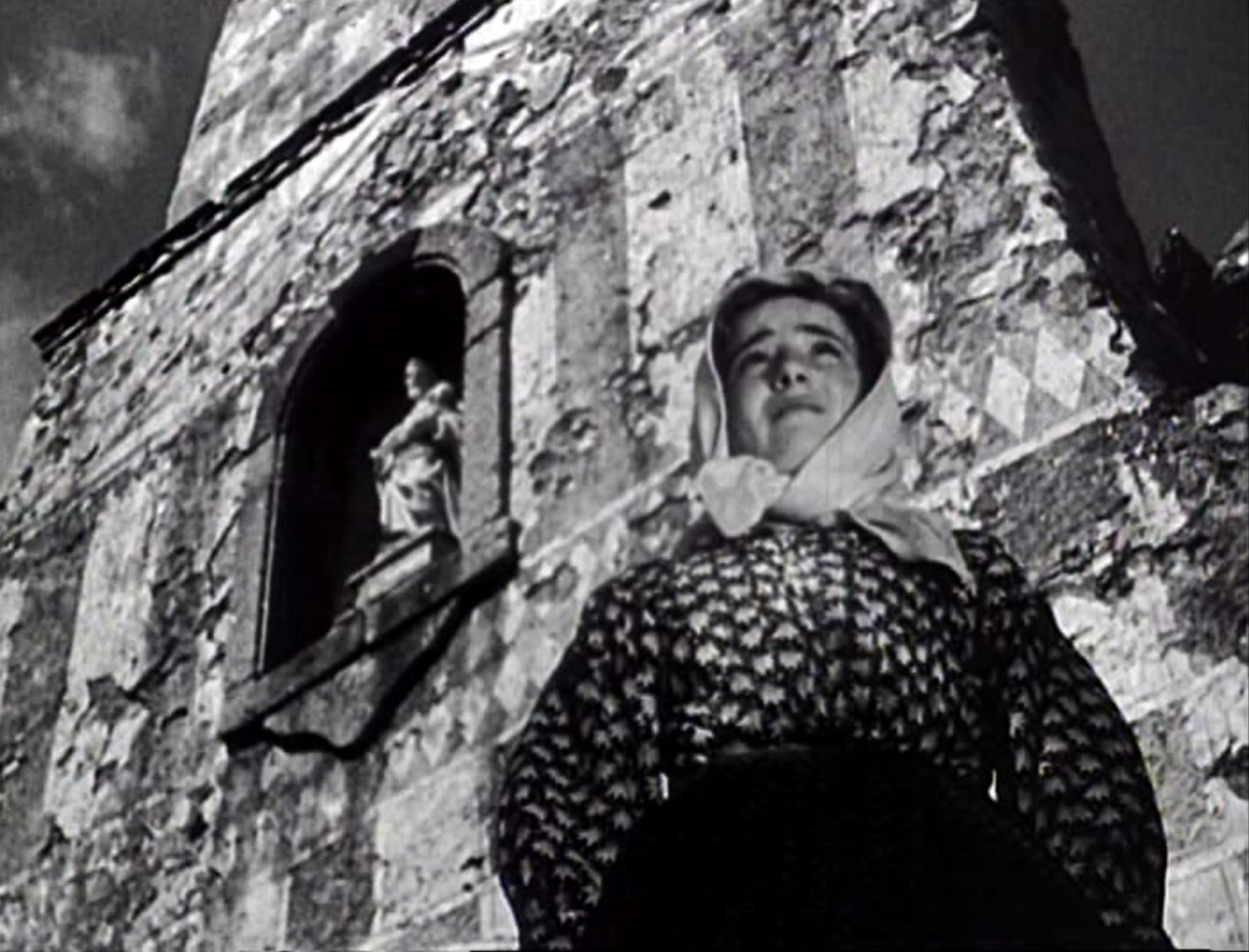
Land Without Bread
Inspired by Maurice Legendre’s anthropological study of Las Hurdes, a remote area in the Spanish province of Extremadura, Luis Buñuel decided to make a film there in 1932. Accompanied by cameraman Eli Lotar (who also shot Joris Ivens’s in 1930), he traveled around mountain villages there for two months to capture the brutal existence of the . The conditions in which Bunuel and Lotar filmed were often challenging, with some indoor scenes lit only by torchlight. As well as being an ethnographic exploration, is an examination of film’s potential as a political medium. The scenes of alarming poverty and human and animal suffering are accompanied by the impassive voice of a narrator and dramatic music by Brahms and Milhaud. This soundtrack plays a key role in directing the viewers’ interpretation of the images they see. The film thus indirectly comments on our perceptions of indigenous peoples as presented in travel documentaries, and shows it’s possible to find harshness, misery and neediness much closer to home. The republican government of the time wasn’t impressed with this message and forbade the screening of the film. It wasn’t released until 1937 in France, at the climax of the Spanish Civil War.